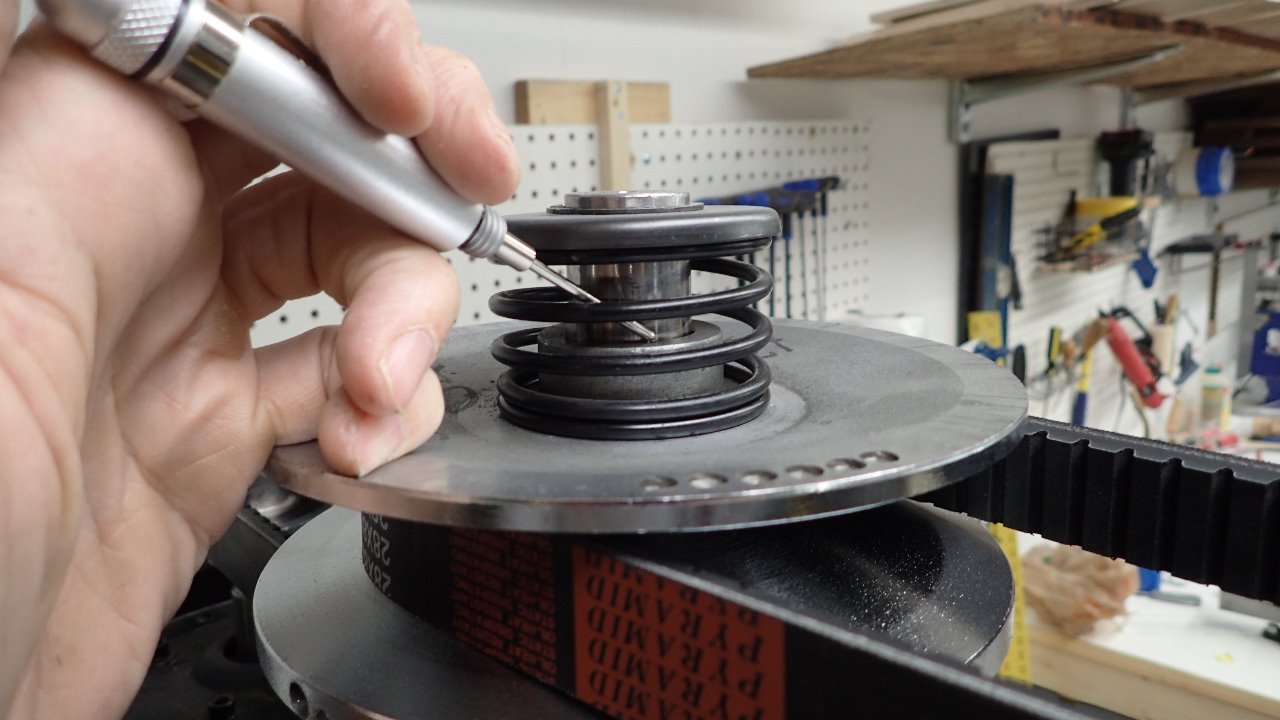Some woodshop equipment requires lubrication to be applied at regular intervals. This article discusses different types of lubrication commonly used in the woodshop.
Light Machine Oil
Light machine oil is used for many lubrication spots on shop machinery. It can be natural like Three in One oil, or synthetic like Triflow or Liberty. Sewing machine oil is also a type of light machine oil. Equipment needing light machine oil may need application frequently.
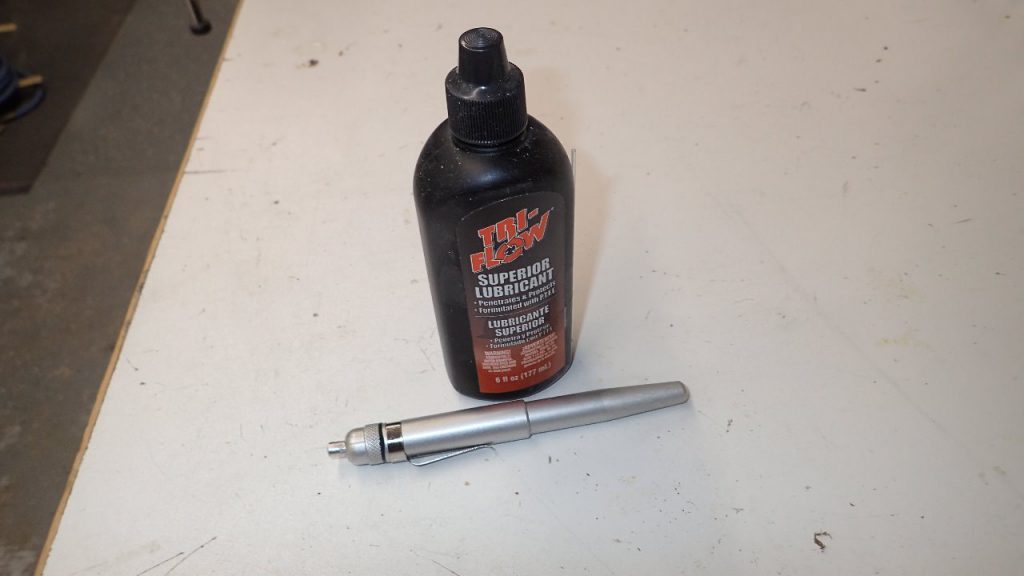
Certain types of bearings are easy to identify as needing lubrication. Most bearings in a woodshop are seals and permanently lubricated. But some like high load brass bushings require regular lubrication some may be daily or weekly. Read your equipment manual for maintenance specifications.
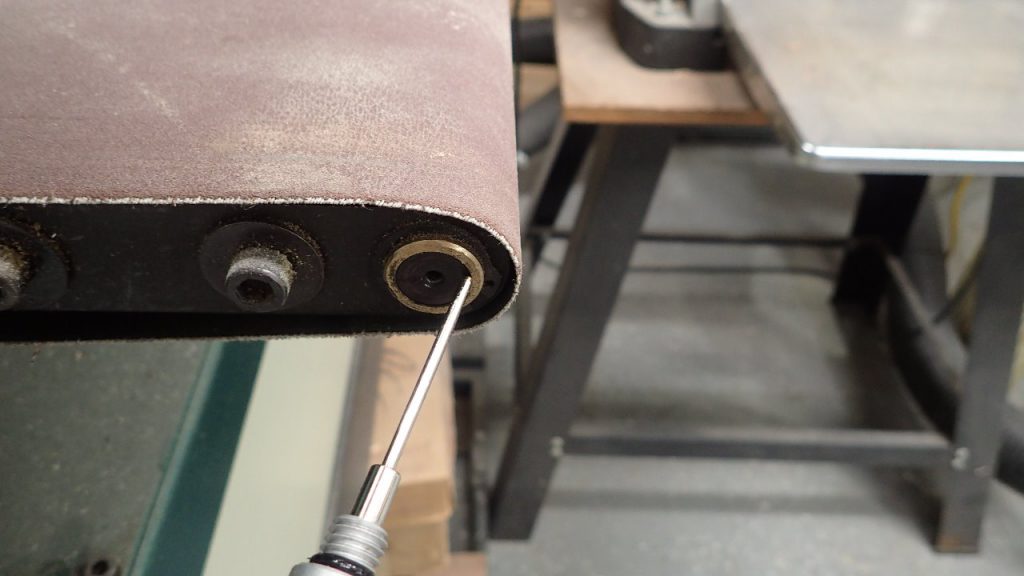
An applicator pen is handy for getting in tight places or for oil ports which require depression of a ball valve to oil the joint. They typically have a button to press that pulls back the tip to allow oil to flow.

Grease
Grease is used for certain types of joints and gears. Typically it is worm gears and chains, but some equipment may have Zerk fittings also known as a grease nipple. Grease nipples require a grease gun to force the grease into the joint. You can purchase a mini-grease gun that will suffice.
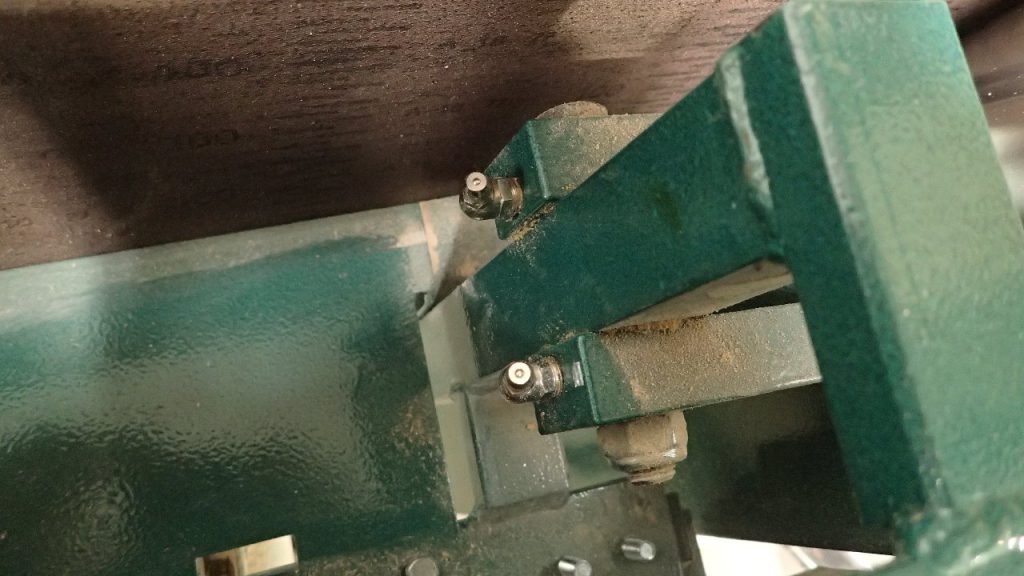
Lubricate gear and chain drives by smearing grease dabs on the gears and/or chain. Spread the grease by cranking the gears back and forth to each limit.
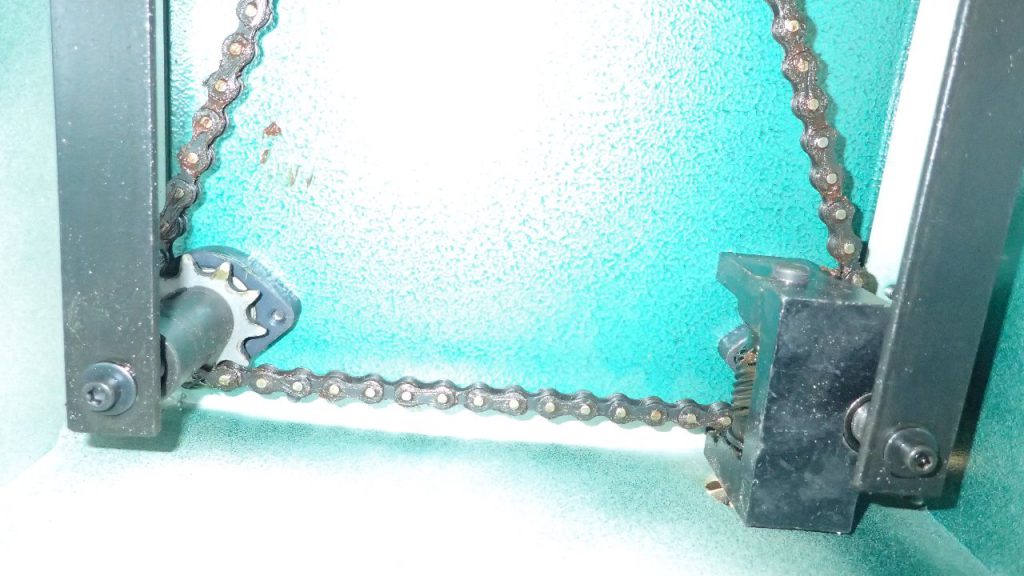
Worm gears also require grease for smooth operation. Put a dabs of grease on the worm screw and gear and turn in back and forth the full travel to spread.
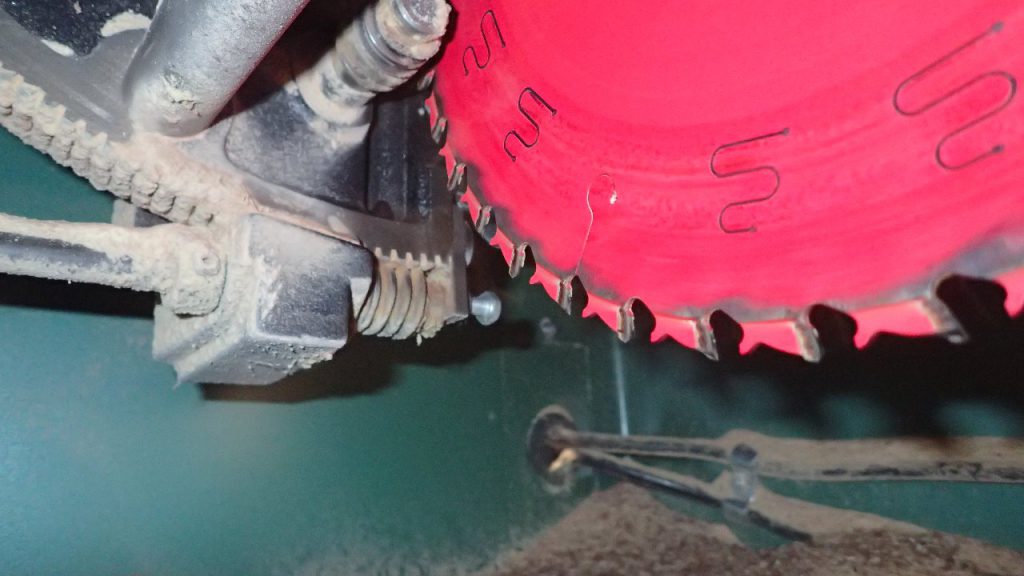
Pneumatic Tool Oil
Pneumatic tool oil, also known as air tool oil, is specifically designed to lubricate air tools. A brad nailer is the most common air tool used in a woodshop. Nailers require lubrication for the moving parts and the seals. Buy oil specifically labeled as either pneumatic oil or air tool oil. Apply three drops into the air port every time before you use the nailer. Best to shoot five nails, or blanks to distribute the oil and remove any oil dispersion that could get on your woodwork.
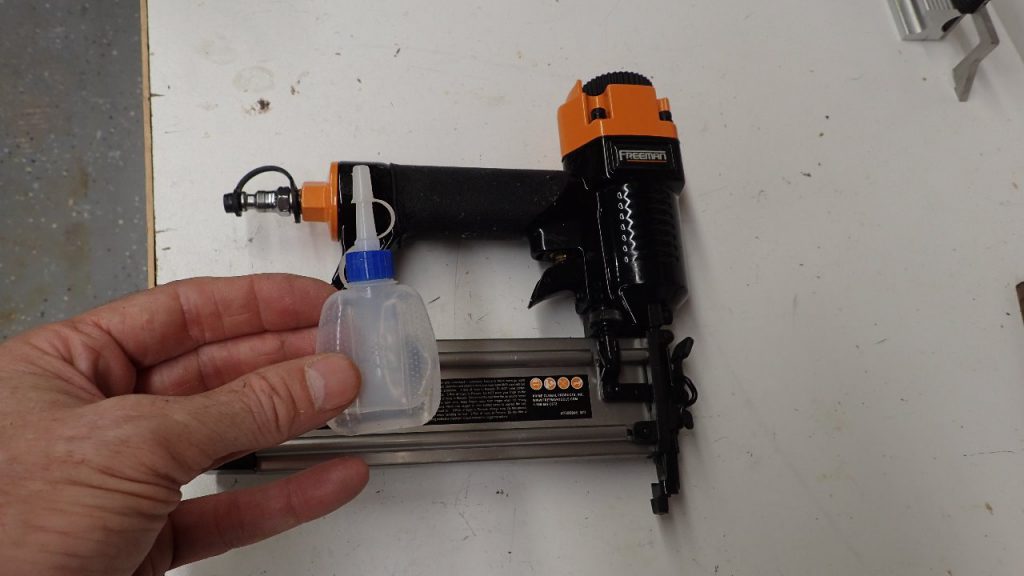
Always read your equipment manual for maintenance recommendations. Lubrication type and frequency is usually specified there.

